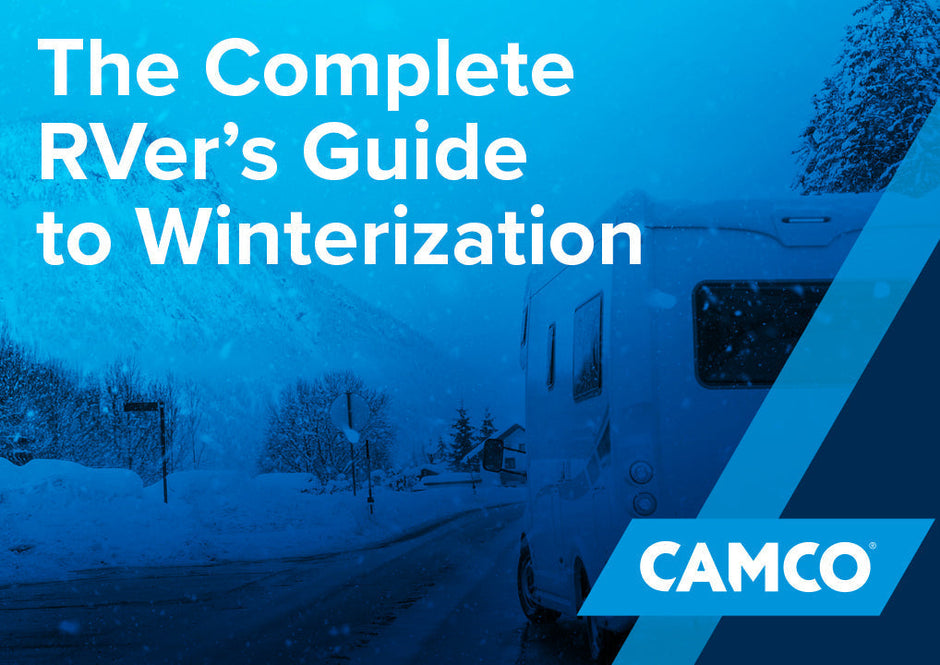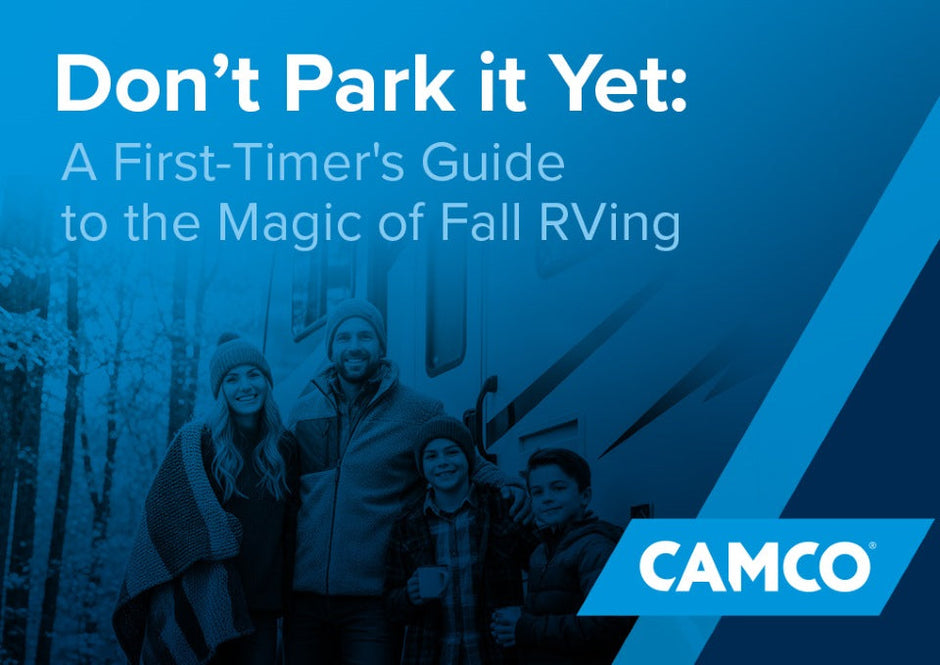There’s a certain feeling that arrives right around this time of year. It’s not just the calendar flipping to October or the days getting a little shorter. It’s a change in the air itself—a crispness that makes most people think of bonfires and football, but for the RVer, it’s a clear signal to pull out the map and plan the journey south.
The annual snowbird migration is more than a practical solution to cold weather—it’s a chance to design your ideal winter. But getting it right requires a good plan. It’s not about just pointing your RV south, but about finding a destination that truly fits your budget, personality, and lifestyle. This guide will walk you through how to do just that.
Figure Out Your Snowbird Style

So, where do you begin? Before you even pull out a map, the first step is to figure out what you’re really looking for. After all, the most important question isn’t “Where should I go?” but “What kind of winter do I want to have?” Your perfect winter depends on two things: the climate you crave and the activities you enjoy. A 70-degree day can feel drastically different from place to place, so figuring out your personal style is key.
The best place to start is by identifying which of these common snowbird styles is the best fit:
- The Adventurer & Solitude Seeker: You're happiest with a good pair of hiking boots and a map. You're drawn to vast public lands, rugged landscapes, and the quiet freedom of boondocking. Your days are spent hiking rugged landscapes, exploring canyons, and enjoying the profound quiet of the desert at night.
- The Social Butterfly & Sun Lover: For you, community is everything. You thrive in large RV resorts with a full slate of planned activities—from pickleball to happy hours and live music. You embrace a full activity calendar and the feeling of being part of a bustling, active neighborhood.
- The Laid-Back Beachcomber: Life is simply better with salt in the air. You want to be near the ocean, but you prefer a more relaxed pace and a friendlier price tag than busy tourist hubs. You enjoy both the beautiful shoreline and the pleasant inland sunshine, valuing fresh seafood and a casual atmosphere over a packed social schedule.
Match Your Style to a Destination

Once you've defined your snowbird style, finding the right location—and understanding its budget—gets a lot easier. Here’s a look at major hotspots.
For the Adventurer & Solitude Seeker: Arizona & The Southwest
This region is the undisputed king of wide-open spaces.
- Locations: Yuma, Quartzsite, and Tucson, AZ; Southern California desert areas.
- Budget: Highly affordable—there are millions of acres of public land ideal for affordable boondocking.
- Pros: The dry, low-humidity heat is comfortable and perfect for outdoor activities.
- Cons: It’s the desert, so nights can get surprisingly cold. Popular areas, especially the famous Quartzsite gathering in January, can become incredibly crowded.
For the Social Butterfly & Sun Lover: Florida
If your vision involves a bustling social calendar under palm trees, all roads lead to the Sunshine State.
- Locations: The Florida Keys, Central Florida, and the Gulf Coasts.
- Budget: The most expensive option. Resort fees can be substantial, and the general cost of living for groceries, entertainment, and dining out is higher than in other regions. This choice requires careful budgeting.
- Pros: A huge number of RV parks and resorts, from basic to ultra-luxury. The warmth is consistent, the beaches are world-class, and there is always something to do.
- Cons: High humidity is a fact of life, the best spots require reservations far in advance, and traffic in popular areas can be intense.
For the Laid-Back Beachcomber: The "Other" Gulf Coast
The unique coasts of Texas and Alabama offer a different flavor of beach life, blending Southern hospitality with a relaxed coastal attitude. The pace is slower and the towns feel more rooted in local culture.
- Locations: South Padre Island, TX; Gulf Shores, AL.
- Budget: Very budget-friendly. Costs for campsites and local activities are significantly lower than in South Florida, allowing your dollar to go much further.
- Pros: Boasts beautiful white-sand beaches, incredible seafood, and a distinct local flair, from Texan culture to Cajun influences.
- Cons: The weather can be less predictable. While often beautiful, the region is more prone to cool snaps and rainy spells compared to South Florida.
Nailing the Timing of Your Migration

Once you have a destination in mind, the final piece of the puzzle is when to move. A successful migration is a balancing act between the seasons, the crowds, and the weather.
The Big Picture: Rhythms of the Road
It helps to understand the general flow of traffic that moves across the country each year. The savviest snowbirds travel just before and after the peak rush. There are a few travel patterns to keep in mind:
- Travel the “Shoulder Seasons”:
- The Southbound Journey (October-November): Aim to head south after the summer crowds have gone home but before the first major winter storms threaten the northern states. Traveling in mid-to-late autumn means less traffic, more campground availability, and the chance to enjoy the beautiful fall colors as you move south. A good rule of thumb is to be south of the frost line by Thanksgiving.
- The Northbound Journey (March-April): This is the art of "chasing spring." As the southern destinations become too hot and humid in late spring, you can begin a leisurely trip northward, following the pleasant 70-degree weather as it creeps up the map. This allows you to avoid the intense southern heat and return home after the mud and slush of winter has given way to blooming trees.
- Know the Three Waves:
- The Early Birds (Late September-October): These are the travelers who want the longest possible season in the sun. They head down early to secure the most desirable long-term spots before they’re gone. This is a great strategy for popular, hard-to-book locations.
- The Holiday Rush (Mid-November to December): The largest wave of snowbird RVers hit the road between Thanksgiving and Christmas, aiming to be settled in their warm-weather home for the holidays. Expect highways like I-75 and I-95 in the east and I-10 in the west to be busy, with campgrounds filling up fast.
- The New Year's Crew (January): A smaller wave of travelers wait until after the holidays to make their move—a smart strategy. They often find availability in parks that were fully booked in December, allowing them to enjoy the second half of the season.
On the Ground: Timing Your Arrival

While those patterns apply to everyone, your specific destination has its own schedule:
- Florida: It's all about the booking window. Competition for spots at popular coastal resorts is fierce, with the best spots often booked a full year in advance. If you don't have a reservation, aim for the shoulder seasons in October-November or late March-April when availability is better.
- Arizona and the Southwest: It's all about temperature. The desert schedule is dictated by the heat. Arrive in November for ideal weather, and plan to leave by late April when the desert heats up.
- Texas Gulf Coast: It's all about flexibility. This region often has more last-minute availability, but the weather can be unpredictable. A flexible schedule is your best asset here, allowing you to monitor the 10-day forecast and plan your travel dates around any potential cool or wet periods.
Above all, remember the golden rule, no matter where you're headed: watch the weather, not the calendar. Your departure date should always be flexible. There's simply no reason to race into a winter storm or major rain system when waiting a day or two is all it takes to travel safely. That's always the right call.
Your Winter, Your Rules
Chasing 70 degrees is more than just a trip; it’s a lifestyle. It’s about taking control of your calendar and your climate and actively choosing freedom over being stuck in the cold. There is no single "best" snowbird destination, only the one that is best for you.
So do the homework, run through the checklist, and fill your fuel tanks. The road south is more than just a route on a map; it’s a path to a different way of life. Go find your perfect 70 degrees. It’s waiting for you.
Happy travels!







